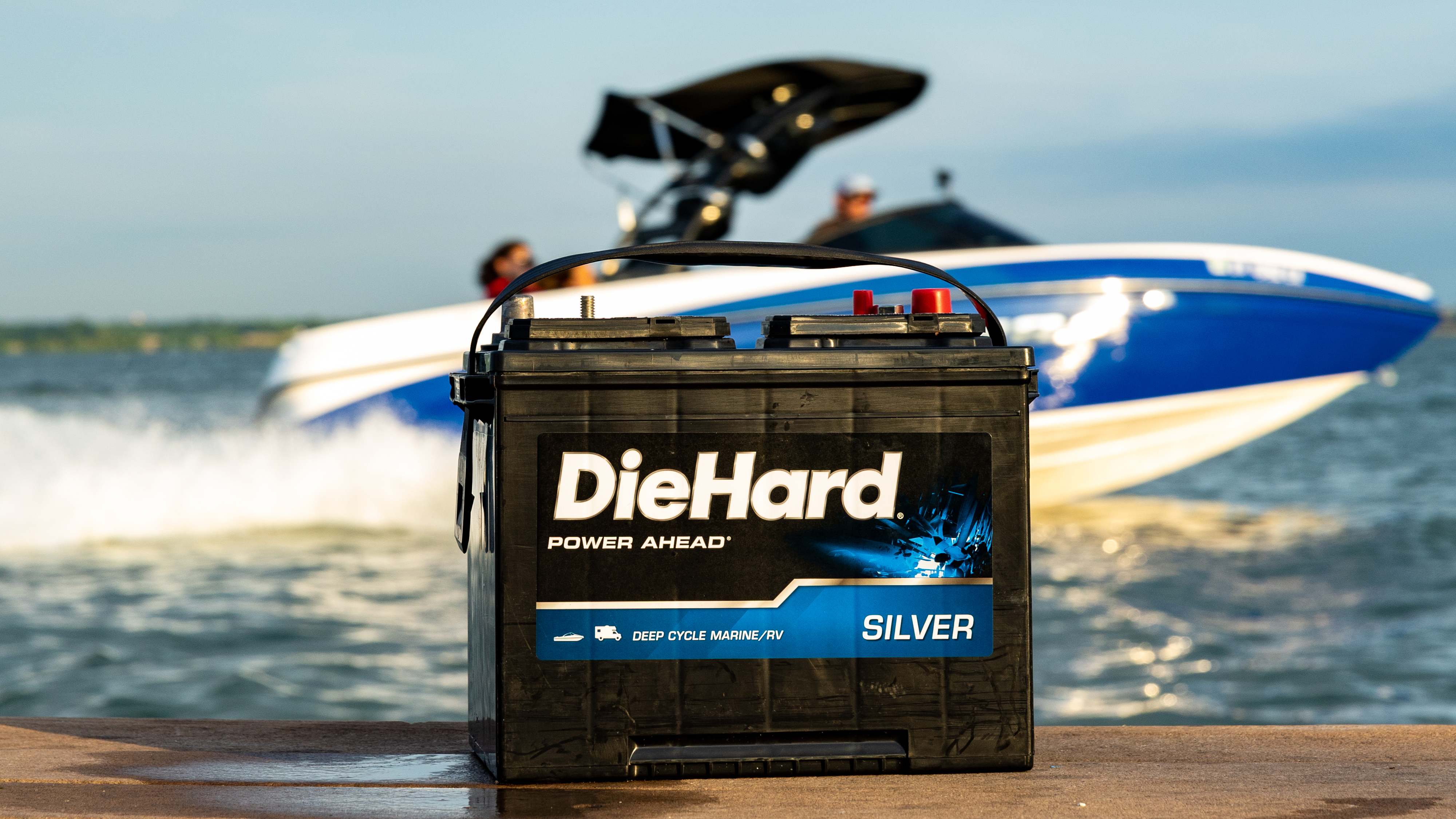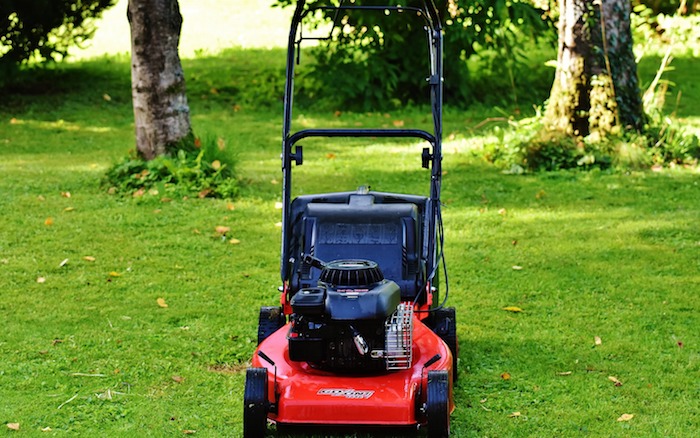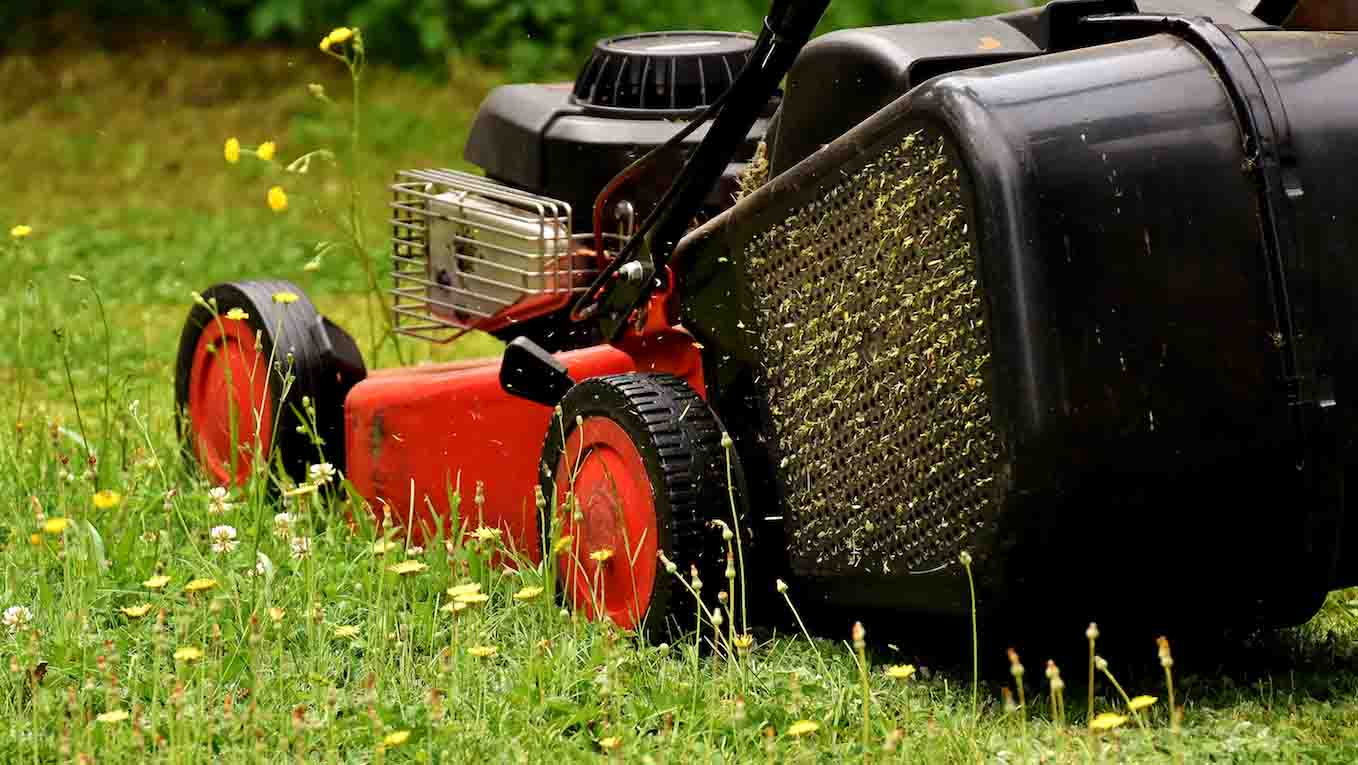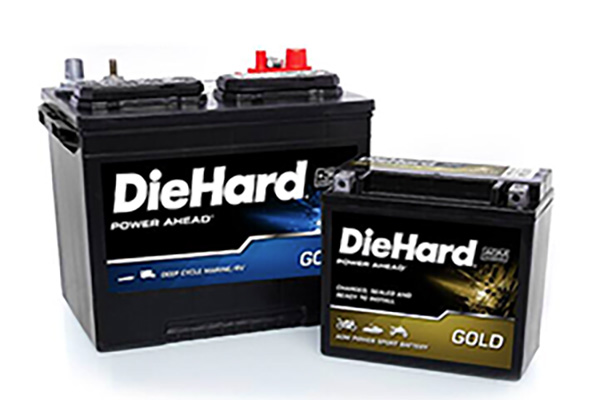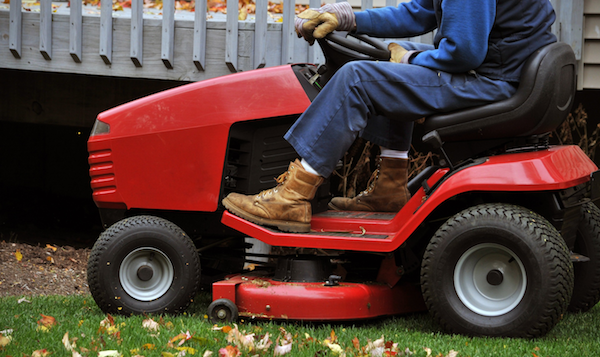We count on summer for relief from the every day, whether on the road or in the water. Nothing beats a fun afternoon on a sunny lake, but for most of us, that season will come to an end. As the summer season wraps up, boats need some additional maintenance to preserve their performance and overall condition. We'll walk you through how to prepare your boat for storage.

Ideally, your boat should be stored indoors, in a climate-controlled space, but that can be pretty pricey (if you even have access to one). Failing that, you can shrink-wrap the boat or at least cover it with a good-quality tarp, but that's far from a comprehensive winterizing measure. Here's a rundown of some of the things you'll want to do to make sure your boat will be in top condition when boating season begins again.
Steps to Prepare a Boat for Storage
Inboard engine
Change the oil after letting the engine run until warm, remembering to keep a supply of cooling water flowing to the engine through the flush port. Remove the spark plugs and spray a "fogging oil" product into each cylinder. While you've got the plugs out, get a good look at them and see if they're due for replacement. Flush the engine with a nontoxic antifreeze connecting a hose to the water pump and putting the other end in a jug of the antifreeze. If you're not able to do this step, it's possible to use a submersible pump in a 5-gallon bucket with RV antifreeze and the pump connected to your engine's flush port. Run the engine and let it get sucked in to circulate through the engine until it starts to come through the exhaust.
While you're down in the engine room, it might be a good idea to change power steering fluid as well. For your last cruise before putting the boat up for the winter, add some fuel stabilizer to the system and let it run long enough to work its way through the entire engine. It's a good idea to fill the fuel tank completely before storage, as that means less chance of humidity and condensation building up in the tank. Also, check and replace your engine's fuel filters (if so equipped) before storage.
Stern drive
Clean any barnacles, seaweed or other debris from the stern drive unit, and clean everything with a good-quality car-wash solution. Drain the gear case and inspect the oil for any water infiltration, which could mean a failing seal that will need to be repaired before you refill for next season. Check for cracks or pinholes in the rubber boot between transom and engine (if so equipped), and be sure to lubricate any fittings. If you're in an especially cold region, it's a good idea to remove the block and manifold plugs, as well as the lower water pump hose, just to eliminate the chance of anything freezing up and potentially cracking the block. Check your owner's manual for any other manufacturer-recommended maintenance points.
Outboard engine
Add the appropriate amount of a fuel stabilizer such as Sea Foam to your fuel tank and flush the engine with fresh water. Start the engine and spray "fogging oil" into the air intake, then disconnect the fuel lines and continue spraying fogging oil until all fuel is drained from the carburetors and the engine dies. This is essential to prevent varnish deposits and sediment from building up in the carbs and fuel system in the off-season. Change the gear oil in the lower unit (and inspect for water infiltration), and grease the propeller shaft and threads with the appropriate water-resistant grease. Change any fuel filters and water separators.
Bilges
Scrub the bilges with soap and hot water, clean up any oil spills or leaks, and spray everything down with a moisture-displacing lubricant like WD-40. If any water remains, add a little antifreeze to prevent a freeze-up.
Fresh water system
Disconnect the water heater and connect the supply and output hoses from the water heater together. Open all faucets, including the shower or wash-down area, and run a nontoxic antifreeze through the system until you see antifreeze come through the faucets. Add nontoxic antifreeze to the water heater as well.
Head
Empty the holding tank into an approved facility. While pumping out the holding tank, add fresh water to the head and flush several times. Add Vanish crystals to the system and let sit for 30 minutes or so, then add fresh water and pump out again. Add nontoxic antifreeze to the system, including holding tank, macerator, discharge hose, Y-valve and all other hoses.
For out-of-water storage, pressure-wash any barnacles from the hull, rudders, props, prop shafts, struts, and trim tabs. Inspect the hull for blisters or damage, clean all thru-hulls and strainers (if so equipped) and open seacocks to drain any water. Make sure the batteries are charged and switches are in the "off" position. It's best to leave them hooked up to a battery maintainer in the winter in order to prolong the life of the battery. This is also a good time to apply a coat or two of wax to the hull and upper surfaces.
For in-water storage, close the seacocks and check the rudder shafts and stuffing boxes for leaks. Check the bilge pumps and float switches for proper operation, be sure the battery is charged and inspect the charging system for proper operation. Check the boat from time to time over the winter for leaks or animal infestations.

Source / Wisconsin Department of Natural Resources / Flikr
If you follow these steps for how to winterize a boat along with any other additional items recommended in your owner's manual, your boat should be shipshape when it's boating season again!

